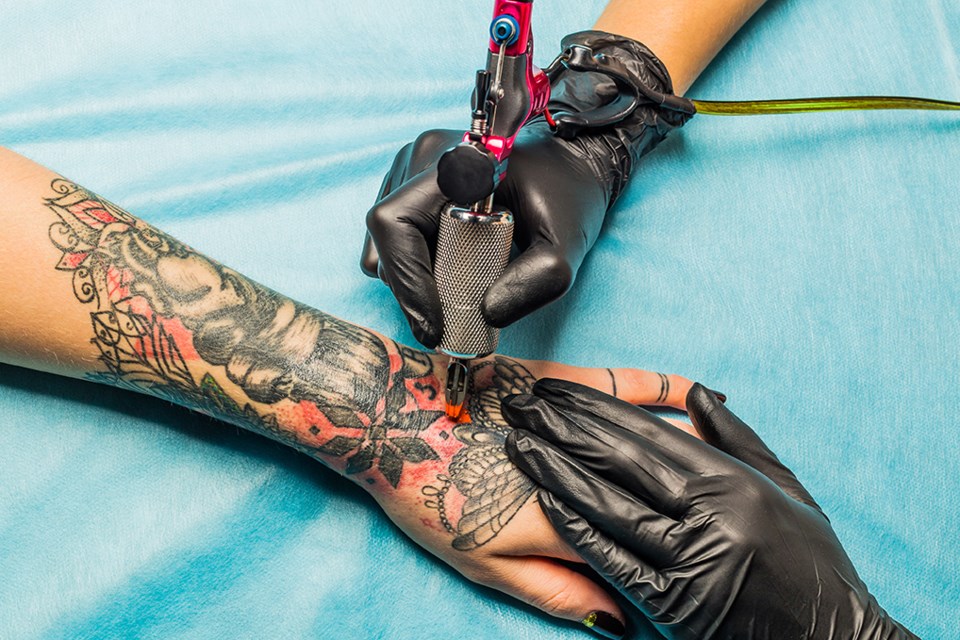The beginning of the school year brings a new start. This might be a good time to talk to your kids about tattoos, piercings and other body modifications.
Many of them will be away from home for the first time and, for some, that freedom might lead to a desire to ink something or poke a hole through it.
��What should they know about these procedures and how to make safe choices?
�� Do you know anyone who does not have a tattoo?��
��What used to be the mark of a ruffian, seafarer or other troublemaker, is today a sign of self-identity or independence from “the pack.” According to the Pew Research Center, almost four of every 10 people born after 1980 have at least one tattoo.
Typically, a tattoo is created using a handheld machine that acts much like a sewing machine, with one or more needles repeatedly piercing the skin.��
�� With every puncture, the needles insert tiny ink droplets into the dermis, the second layer of skin below the epidermis.
�� Another popular form of body modification is piercing. These can be done on almost any part of the body: ears have long been an accepted location, but other spots including the nose, tongue, eyebrows, navel, lips and even nipples and genitals are getting pierced.
More dramatic modifications include using jewellery to stretch earlobes, implanting beads under the skin, scarring, branding and more.
�� All offer a means of self-identification or differentiation.
�� What all of these body art projects have in common is an inherent risk to health. Breaking the skin introduces risks that would otherwise have been avoided.������������ Fortunately, these risks can be managed by understanding the process and dangers inherent in these body modifications.
Breaching the skin introduces the chance of infection and other complications.
Infections can be passed on via improperly sterilized needles or piercing tools. If the equipment used to create your tattoo or piercing is contaminated with infected blood, there is a chance of contracting any of a number of blood-borne diseases including tetanus, HIV, hepatitis B and hepatitis C.
Another risk is having an allergic reaction to the dyes used in the tattoo. This can even occur years after getting the tattoo.���� Tattooing can also lead to keloids, raised areas caused by an overgrowth of scar tissue. Granulomas are unwelcome bumps under the skin that form around tattoo ink.
Well, you have decided to go ahead with it. Good for you, but here are some things you must consider: Start by being absolutely certain you want to do it after all.
Tattoos are not easily removed, are they?
Choose a reputable tattooing studio that employs only properly trained artists. �� ��
Treat the process as you would any other medical procedure. Indeed, the shop should be as clean as your dentist’s office.
Make sure the tattoo artist washes his or her hands and wears a fresh pair of protective gloves for each procedure. The equipment should be either single-use (as in needles) or sterilized in an autoclave (heat sterilization).
Jewellery used in piercings should also be sterilized before insertion, just like all the equipment.
��
Dr. Paul Martiquet is the Medical Health Officer for the Sunshine Coast and Powell River.




